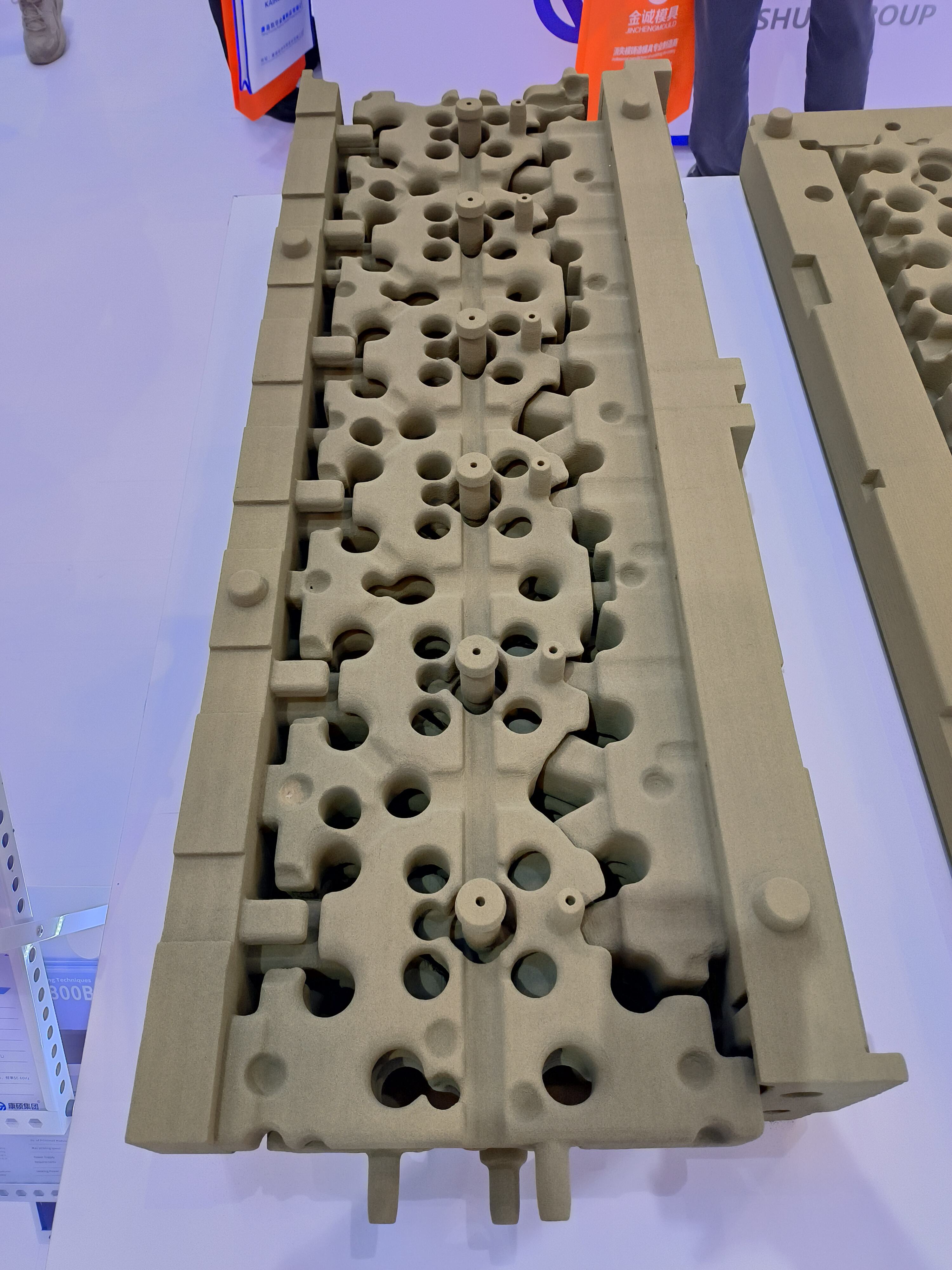dry sand casting
Dry sand casting is an advanced metal casting process that utilizes specially prepared sand molds that have been thoroughly dried or baked before the casting operation. This method involves creating a mold cavity using sand mixture that contains binders and additives, which is then heated to remove all moisture content. The process begins with pattern making, followed by mold preparation using high quality silica sand mixed with clay and other binding agents. Once the mold is prepared, it undergoes a controlled drying process at specific temperatures to achieve optimal strength and stability. The resulting mold offers superior dimensional accuracy, better surface finish, and enhanced casting quality compared to green sand casting. This process is particularly valuable for producing complex metal components that require high precision and excellent surface quality. The dried molds provide better resistance to metal penetration and erosion, making them ideal for casting materials with high pouring temperatures. Dry sand casting is widely employed in manufacturing engine blocks, pump housings, machine tool bases, and other industrial components where dimensional accuracy and surface quality are crucial factors.


